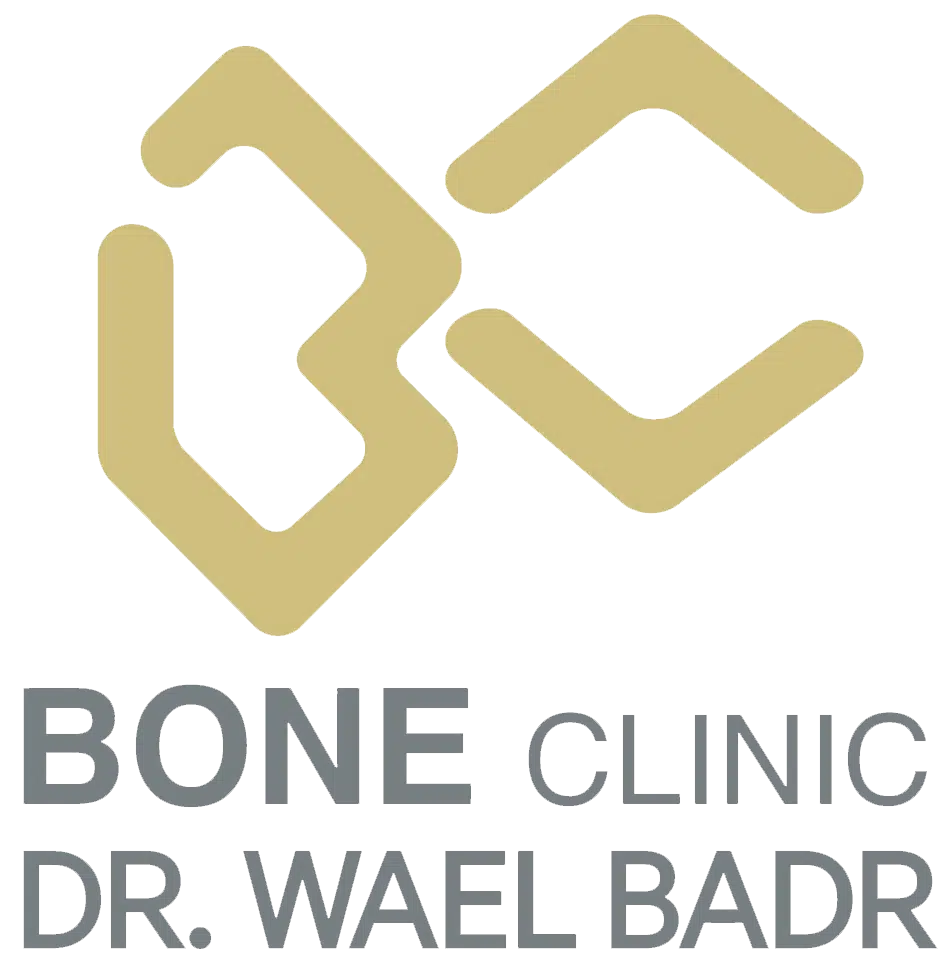
Vitamin D
WHAT IS VITAMIN D?
Vitamin D is an oil-soluble vitamin that has several important functions in the body:
It helps to absorb dietary calcium and phosphorus from the intestines.
It suppresses the release of parathyroid hormone, a hormone that causes bone breakdown (resorption).
Through these actions, vitamin D helps keep the calcium and phosphate levels in the blood normal, thereby promoting bone health. Vitamin D may have other benefits, such as improving muscle and immune function, but these areas require more research.
Natural sources of vitamin D
Vitamin D is made in the skin under the influence of sunlight. The amount of sunlight needed to synthesize adequate amounts of vitamin D varies with season and time of day, and with the person’s age, skin color, and underlying medical problems. The production of vitamin D in the skin decreases with age. In addition, people who have darker skin need more sun exposure to produce adequate amounts of vitamin D.
Foods are another important source of vitamin D. Vitamin D is present in fatty fish, cod liver oil, and (to a lesser extent) in egg yolk. Milk is fortified with 100 international units (2.5 micrograms) of vitamin D per 8-ounce cup. Vitamin D intake, in international units, can be estimated by multiplying the number of cups of milk consumed per day by 100 (two cups of milk = 200 international units of vitamin D).
Cod liver oil is a good source of vitamin D but it also contains a large amount of vitamin A. Excessive vitamin A intake can be associated with side effects, including liver damage and bone resorption.
Potential complications of vitamin D deficiency:
The most serious complications of vitamin D deficiency are low blood calcium (hypocalcemia), low blood phosphate (hypophosphatemia), rickets (softening of the bones during childhood), and osteomalacia (softening of the bones in adults). However, these complications have become less common over time because many foods and drinks have added vitamin D.
“Subclinical” vitamin D deficiency or vitamin D insufficiency is common and is defined as a lower than normal vitamin D level that has no visible signs or symptoms. However, vitamin D insufficiency is often associated with reduced gastrointestinal calcium absorption, decreased bone density (osteopenia or osteoporosis), and, in some cases, a mild decrease of the blood calcium level, elevated parathyroid hormone (which accelerates bone resorption), an increased risk of falls, and possibly fractures, all of which can seriously affect a person’s quality of life.
Thus, identifying and treating vitamin D insufficiency or deficiency is important to maintain bone strength. Treatment may even improve the health of other body systems, such as the immune, muscular, and cardiovascular systems, although more research is needed in these areas.




